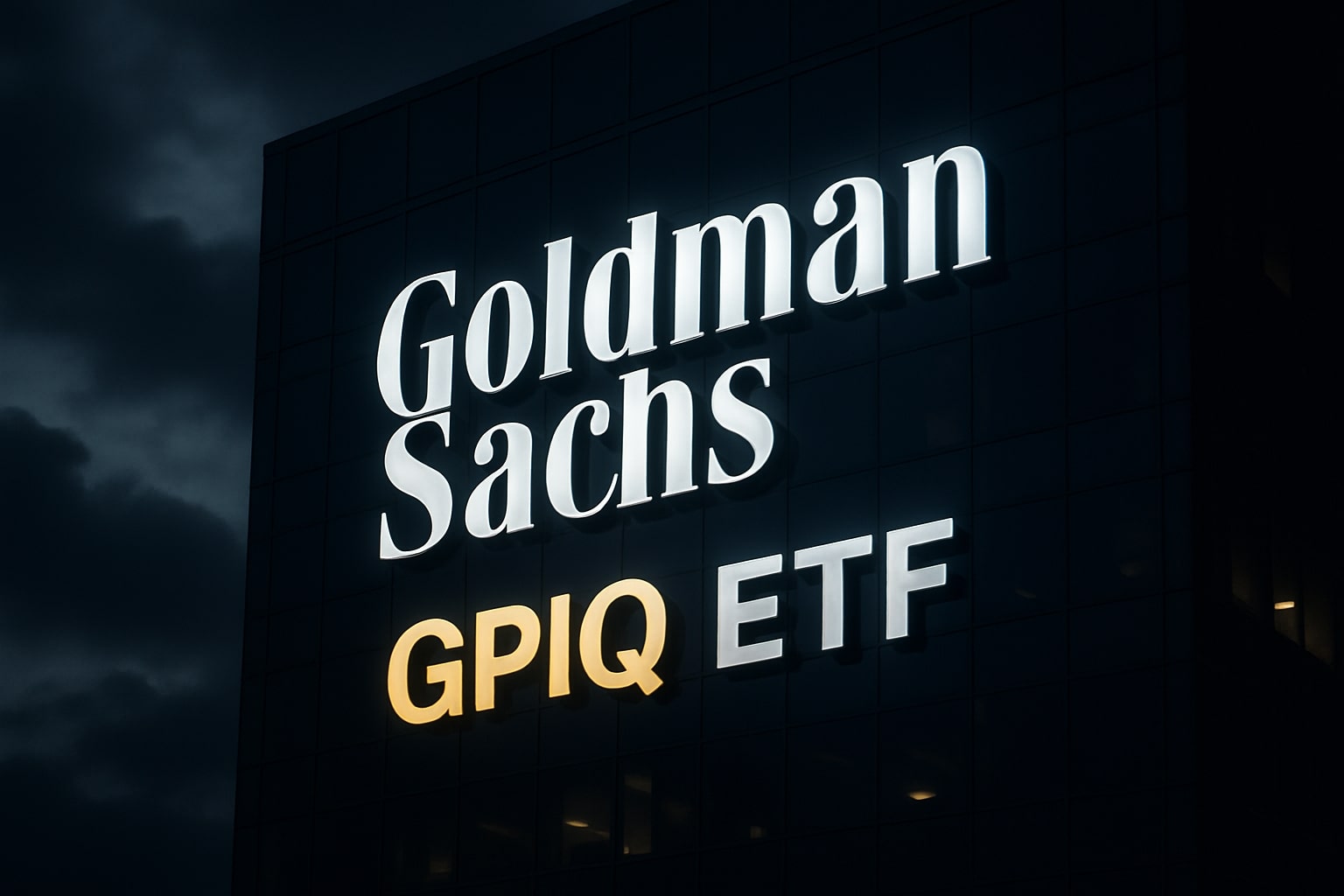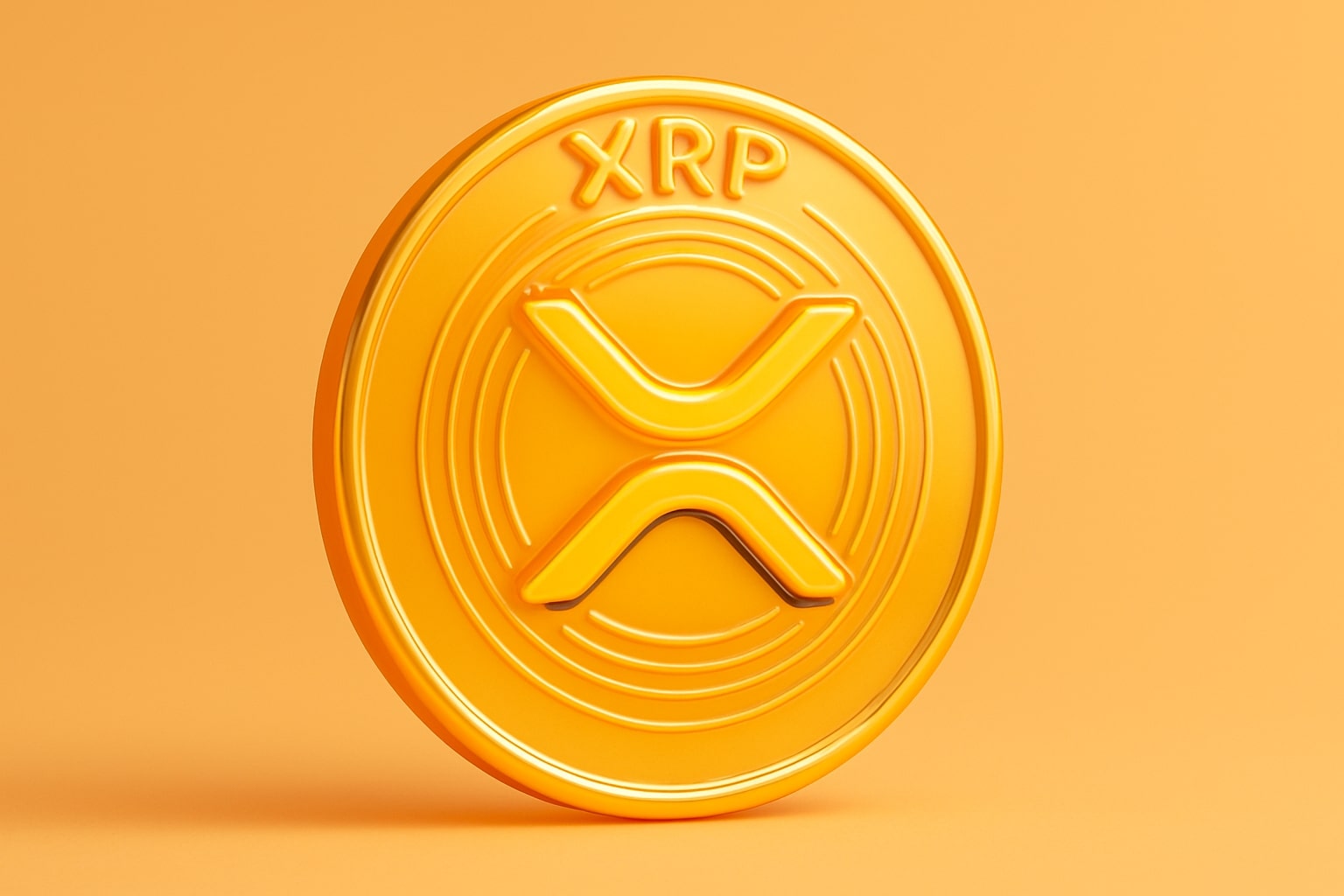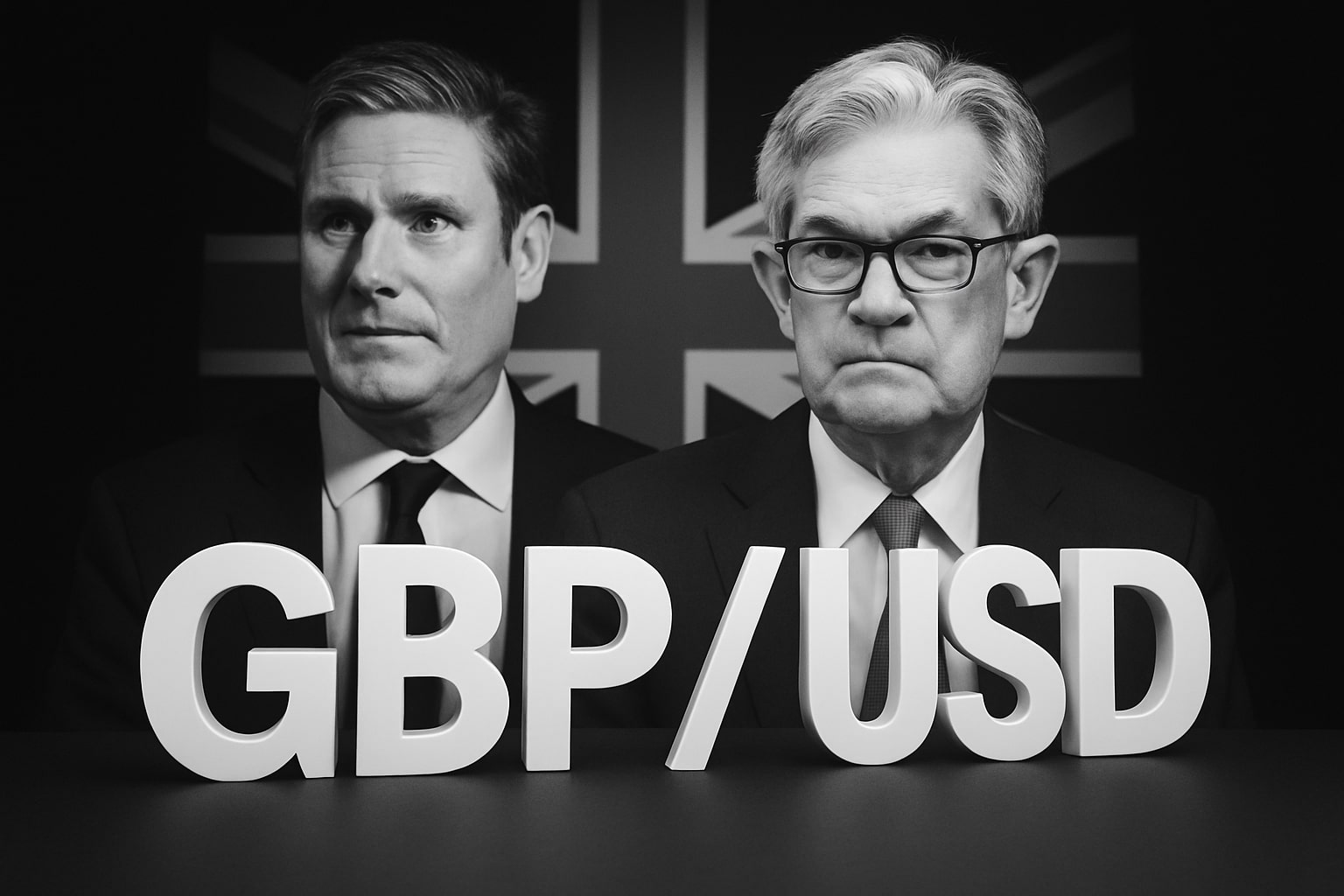
Coca-Cola Stock Price Forecast - KO Shares Strengthens Above $72, Rate Tailwinds Drive $78 Price Target
Coca-Cola’s Q3 2025 results show a 29.8% profit jump, 33% operating margin, and $5B cash flow as the company’s asset-light model and Fed cut outlook power bullish momentum | That's TradignNEWS
Coca-Cola (NYSE:KO) Nears $73 as Efficiency, Margins, and Cash Flow Power a Structural Bullish Case
Coca-Cola (NYSE:KO) is trading at $72.88, just below its 52-week high of $74.38, with a market capitalization of $313.4 billion and a forward P/E of 24.1×. Despite being close to record territory, this valuation does not signal overpricing—it reflects Coca-Cola’s rising profitability, disciplined restructuring, and one of the most stable earnings models in global consumer staples. Year-to-date, KO has gained 17%, outperforming the S&P 500 Consumer Staples Index, which is down about 4%, and doubling the sector’s total return. The company’s beta of 0.55 continues to make it a core low-volatility anchor for institutional portfolios.
Q3 2025 Results Confirm Operational Strength
Coca-Cola’s Q3 2025 results underscored the company’s margin discipline and pricing precision. Revenue climbed 5.07% year-on-year to $12.46 billion, while net income jumped 29.8% to $3.7 billion, pushing earnings per share to $0.82, a solid beat against consensus forecasts. The company’s operating margin of 33% and EBITDA margin of 34.5% mark the highest levels since 2019. Net profit margins reached 29.7%, far exceeding peers across the beverage industry. Cost efficiency, selective price increases, and disciplined brand mix management all contributed to the outperformance. The company’s focus on profitability rather than pure volume growth continues to pay off, sustaining top-tier returns even in slower macro conditions.
Strategic Pivot: From Bottling to Asset-Light Expansion
CEO James Quincey has accelerated the company’s shift from a bottling-intensive operation to a lean, asset-light structure. By divesting 40% of Coca-Cola Beverages Africa and exiting operations in Nigeria, Coca-Cola freed over $1 billion in capital, significantly lowering fixed-asset exposure. The transition allows KO to focus purely on its core concentrate and brand licensing business—the highest-margin component of its global model. Every 0.8-percentage-point margin gain now adds approximately $380 million to EBIT on annual revenues near $48 billion. This structural transformation ensures that future growth will depend less on physical expansion and more on return optimization from each dollar invested.
Cash Flow Momentum and Balance-Sheet Strength
Coca-Cola’s Q3 2025 operating cash flow surged 28% year-over-year to $5.04 billion, propelled by tighter working-capital management and divestiture proceeds. Free cash flow of $3.67 billion remains robust even after major investments, while cash reserves of $15.78 billion comfortably cover total liabilities of $72.8 billion, down 6.8% from a year earlier. The company’s net debt of $32 billion keeps leverage moderate and serviceable under its A+ credit rating. With this balance-sheet discipline, KO has ample capacity for both share repurchases and incremental dividend increases without jeopardizing financial flexibility.
Margins and Global Pricing Power
Management reported price/mix growth of 6%, composed of 4 points of price hikes and 2 points of favorable product mix, sustaining profitability even as inflation pressures receded. Although gross margin dipped 10 bps, the comparable operating margin rose 120 bps, signaling that internal efficiency gains outpaced any slowdown in pricing momentum. Approximately 60% of Coca-Cola’s revenue originates overseas, leaving earnings highly sensitive to currency moves. A 1% USD depreciation lifts annual EPS by about $0.04. With the market assigning an 85% probability to a December 2025 Fed rate cut, dollar softness in 2026 could generate a meaningful FX tailwind for KO’s global earnings.
Valuation Reset Creates Compelling Entry Zone
Despite trading near record share prices, KO’s valuation is 10–15% below its five-year average. The stock’s forward P/E of 24.1× compares favorably to its five-year mean of 27×, while its EV/EBITDA of ≈ 21× remains justified by margins exceeding 30% and expected EBITDA growth around 6.5%. Using a forward EBITDA estimate of $17.2 billion, enterprise value would reach about $363 billion. After net-debt adjustments, equity value approximates $330 billion, translating to a target price range of $76–$78 per share. The current price-to-free-cash-flow multiple of 41×, versus a five-year average of 48×, further underlines undervaluation potential if Q4 earnings confirm the rebound trajectory.
Dividend Reliability and Growth Capacity
Coca-Cola’s 2.80% dividend yield may appear modest compared with 4% U.S. Treasury yields, but payout safety remains exceptional. Adjusting for one-time items—specifically the $6.0 billion IRS litigation deposit in 2024 and the $6.1 billion fairlife milestone payment in 2025—the dividend-to-cash-flow coverage ratio falls comfortably below 70%. With annual free cash flow around $8 billion, KO can continue its streak of 61 consecutive dividend increases while funding digital initiatives and buybacks. Dividend growth of 4–5% annually appears sustainable through 2027 without compromising liquidity.
Rate Sensitivity and Earnings Leverage
The company’s $44 billion debt load gives it notable leverage to lower interest rates. Each 25-basis-point Fed cut trims annual interest expense by roughly $125 million, implying potential EPS upside exceeding $0.05 annually if cumulative cuts reach 100 bps in 2026. Combined with the operational efficiencies achieved from bottling divestitures, this could lift full-year 2026 net income by $400–$500 million, equivalent to a 4% boost to current earnings.
Peer Comparison Underscores Margin Leadership
Relative to PepsiCo (NASDAQ: PEP)—which trades at 27× earnings and delivers only 7% net margins—Coca-Cola’s 27–30% net margin and lower valuation highlight a superior risk-reward balance. Keurig Dr Pepper (NASDAQ: KDP), valued at 11× EV/EBITDA, offers weaker profitability and less international reach. KO’s valuation premium reflects predictable cash generation and the world’s most recognizable consumer brand rather than speculative expansion multiples.
Read More
-
Robinhood Stock Price Forecast - HOOD Shares Rockets Past $128 After 270% Profit Jump
27.11.2025 · TradingNEWS ArchiveStocks
-
XRP Price Forecast - XRP-USD Climbs to $2.21 as XRP ETF Demand Surges and UAE Greenlights RLUSD Stablecoin
27.11.2025 · TradingNEWS ArchiveCrypto
-
Oil Price Forecast - Oil Markets Slide: WTI (CL=F) Near $58, Brent (BZ=F) at $62 Amid OPEC+ Output Expansion
27.11.2025 · TradingNEWS ArchiveCommodities
-
Stock Market Today - Dow 47,427 and Nasdaq 23,214 — Fed Cut Bets Power DELL, HOOD, and URBN in Holiday Rally
27.11.2025 · TradingNEWS ArchiveMarkets
-
GBP/USD Price Forecast - Pound Holds Above 1.32 as Fed Rate Cut Bets and U.K. £22B Fiscal Cushion Lift the Pound
27.11.2025 · TradingNEWS ArchiveForex
Efficiency and Digital Transformation: The Next Growth Engine
Management’s next focus is efficiency reinvestment. Roughly $1 billion freed from the CCBA sale will be directed toward marketing analytics, supply-chain digitalization, and AI-driven demand forecasting through 2026. The company expects measurable returns within 24 months, sustaining a return on invested capital of ≈ 12.5%. Marketing spend is increasingly data-driven, with global campaigns aimed at personalizing beverage offerings and expanding beyond carbonated soft drinks into energy, coffee, and alcoholic categories—key growth vectors in Asia-Pacific and Latin America.
Risk Factors: Pricing Elasticity, Regulation, and Execution
The main operational risk stems from consumer sensitivity to pricing in emerging markets. Every 50-bps margin contraction could erase about $350 million in EBIT, particularly across Latin America and Southeast Asia. Potential sugar taxes or environmental packaging regulations in markets such as India, Mexico, and South Africa could further compress margins by roughly 100 bps, or $500 million in EBIT. Another factor is execution risk tied to digital reinvestment; failure to achieve expected ROI on $200 million of planned capex could dampen near-term ROIC, though Coca-Cola’s cash reserves offer substantial flexibility to absorb these pressures.
Insider Activity and Institutional Confidence
Recent disclosures on KO insider transactions reveal limited selling from senior executives, primarily for diversification, offset by steady accumulation from pension funds and ETFs. Institutional ownership exceeds 70%, reflecting long-term confidence in the company’s operational consistency. Short interest remains minimal at 0.83%, confirming that bearish speculation is virtually absent. Liquidity and daily volume averaging 17.1 million shares keep KO one of the most institutionally stable equities on the NYSE.
Long-Term Outlook and Price Objective
Coca-Cola’s future growth depends on sustaining mid-single-digit organic revenue growth while preserving EBITDA margins above 34%. The next two quarters will be critical in confirming whether the efficiency phase can transition into higher capital returns. Assuming continued cost control and easing macro conditions, EPS could rise 6–7% in FY 2026, taking annual earnings to ≈ $3.50 per share. Applying a historical multiple of 27× to those earnings projects a price range between $76 and $78, aligning with intrinsic-value models derived from cash-flow forecasts.
Verdict: Buy — Efficiency, Cash Generation, and Rate Tailwinds Support Further Upside
The data indicate that Coca-Cola (NYSE: KO) remains in the early stages of a sustained efficiency cycle. The combination of an asset-light model, disciplined capital allocation, robust cash conversion, and imminent monetary easing underpins a Buy rating with a 12-month target of $76–$78 per share. The company’s ability to expand margins despite a mature revenue base demonstrates unmatched brand resilience. Its dividend coverage, liquidity, and operating leverage make it one of the most reliable compounders in global equities. As long as KO maintains support above $70, the structural trajectory remains decisively bullish, and the stock continues to represent a premium defensive asset capable of outperforming in both risk-on and risk-off markets.


















